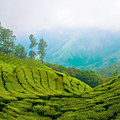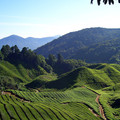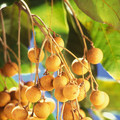Quotes - Mushroom - Jin Cha
„Mushroom shaped tea appeared in 1912. It was invented at that time in order to prevent the tea from going mouldy during the transportation. It was produced in Xia-Guan and Fo-Hai (two cities in south China) with the trademark "Bao-Yan". The production was then stopped in 1966. In 1986, the production was resumed due to the request of Buddhists in Tibet.“
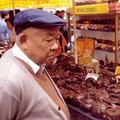
Quotes Tags: Pu-erh, Mushroom - Jin Cha, Tea production, China
„Pu-erh shape - Mushroom - Literally meaning "tight tea," the tea is shaped much like túocha, but with a stem rather than a convex hollow. This makes them quite similar in form to a mushroom. Pu'er tea of this shape is generally produced for Tibetan consumption, and is usually 250g or 300g.“
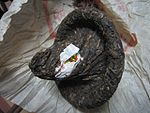
Quotes Tags: Pu-erh, Mushroom - Jin Cha
Teas
2013 Chawangpu Xiao Jin Bing Red Tea 100g
 1 review
1 reviewThis small red tea cake is made from 2012 spring harvest Simao high mountain material. Carefully pressing...
2013 A few Single Trees (maocha)
 1 review
1 reviewThis tea is a blend of a few single tree teas from Bangwei and Bulang. These trees stand out from their...
Kabusé Okuyutaka 2012
 2 reviews
2 reviewsPacking: vacuum, 50 grams, packaged in Japan Tea is an original packaged in Japan and stored at low...
Theme
Tea by region
We will help you with tea selection.
Do you like quality loose tea?
We will help you to find the right one for you. Be inspired by tea ratings of other tea lovers. Rating stars could help you.


Review your cup of tea.
Review the tea you are drinking and help other tea lovers to find the right cup of tea.



Quotes
„Depending on the desired product and speed, from quickest and tightest to slowest and loosest, pressing can be done by a large heavy stone, carved into the shape of a short cylinder with a handle, simply weighs a bag of tea down onto a wooden board. The tension from the bag and the weight of the stone together give the tea its rounded and sometimes non-uniformed edge. Due to the manual labor involved, this method of pressing is often referred to as: "hand" or "stone-pressing", and is how many artisanal pu'er bǐng are still manufactured.“



 Shops
Shops Share on Facebook
Share on Facebook






